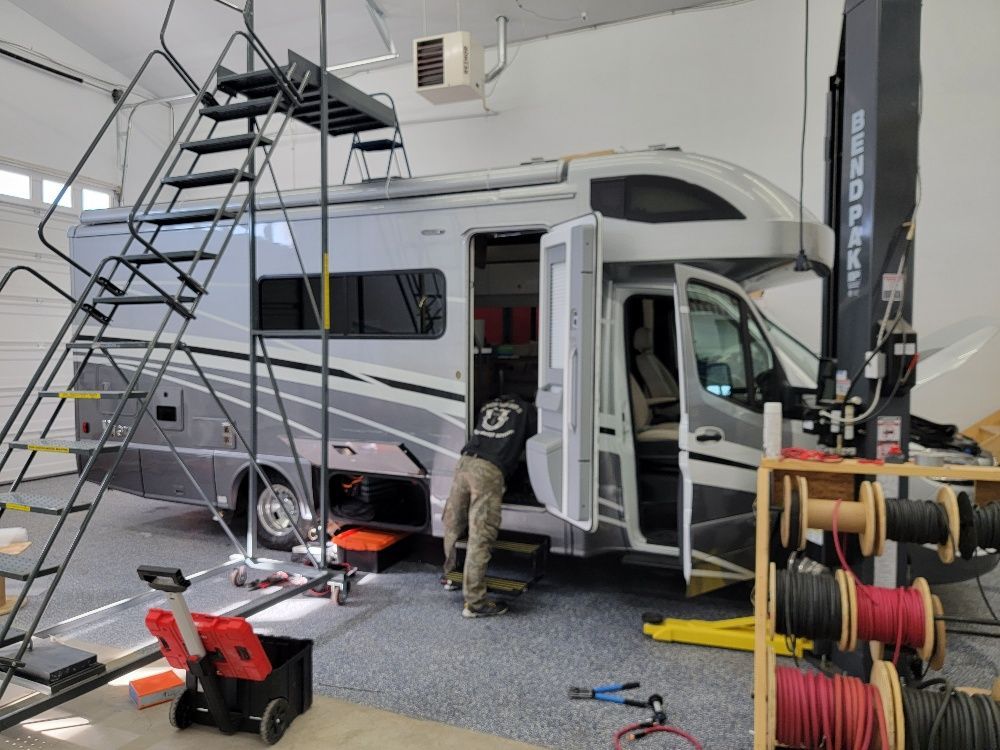Lithium Batteries and Cold Weather
The BIG CHILL and Lithium batteries - insights

All batteries have trouble with temperatures below freezing but, believe it or not, Lithium batteries perform better in cold versus lead acid. However, you still need to take care of them and know the ins-and-outs. Cold weather – specifically below freezing – does get in the way of charging more than drawing power from the battery. Many lithium owners with solar systems rely on the sun to keep their batteries charged when not in use. What happens often to RVs with these systems is it drops below freezing, charging stops and the small loads on the battery will eventually bring it so low the battery just shuts off and requires a special sequence to bring it back to life.
When a lithium battery’s internal temperature drops below 32 degrees, the charging process is “hampered” and can cause the lithium ions to lose their ability to find their happy place in the graphite anode. This can end up damaging the battery and reducing its ability to hold capacity. Yes, there is a bunch of tech stuff and ways to charge lithium batteries safely below freezing but most quality manufacturers leave the decision to allow charging up to the internal/external battery management system (BMS). For most situations that means (depending on battery brand) you can expect the BMS to turn off charging between 25 and 41 degrees. Some batteries have internal “heaters” to help but keep-in-mind that that does not always solve the challenge since there is a limit on how much a battery can warm itself based on the how cold it is.
So, what can you do to help ensure the best performance in cold weather?
1) Follow your manufacture suggestions
2) Disconnect all loads and charging and, or bring the batteries inside during very cold weather
3) Add “heating blankets” around the battery(ies) that automatically turn on/off (Usually best when cold-weather camping)
4) Put a small electric heater in the storage area to keep space warm (Assumes you are plugged into shore power)
5) Keep an eye on the system remotely so you can monitor the battery health. (e.g. Victron VRM)



